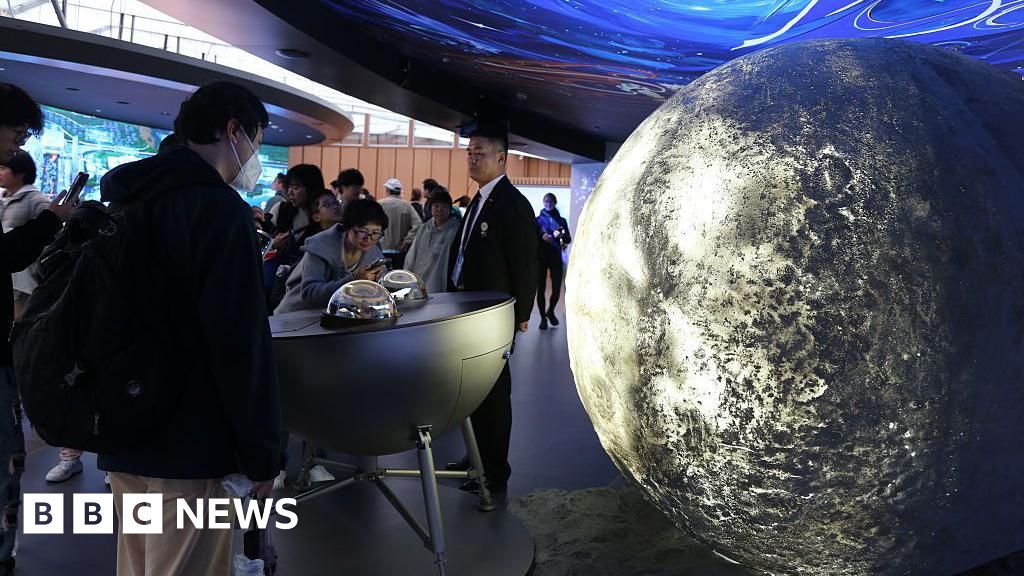China shares rare Moon rocks with US despite trade war
China shares rare Moon rocks with US despite trade war

Two US institutions have been granted access to samples collected by the Chang’e-5 mission in 2020.
Read the full article on BBC World
Truth Analysis
Analysis Summary:
The article appears mostly accurate. The core claim about China sharing moon rocks with the US is supported by multiple sources. However, the framing of the event "despite trade war" introduces a degree of bias by emphasizing conflict while highlighting cooperation.
Detailed Analysis:
- Claim:** Two US institutions have been granted access to samples collected by the Chang'e-5 mission in 2020.
- Verification Source #3: Supports this claim directly.
- Verification Source #2: Supports this claim, mentioning NASA-funded US universities.
- Claim:** China shares rare Moon rocks with US despite trade war.
- Verification Source #1: Mentions "US-China trade war" in the context of the article.
- Verification Source #2: Mentions "tensions between the two countries over geopolitics and tariffs."
- Verification Source #3: Supports this claim directly.
- Verification Source #4: Mentions "US-China Trade War Tariffs."
- Implicit Claim:** A trade war exists between the US and China.
- Verification Source #1: Explicitly mentions "US-China trade war."
- Verification Source #2: Mentions "tensions between the two countries over geopolitics and tariffs."
- Verification Source #4: Mentions "US-China Trade War Tariffs."
Supporting Evidence/Contradictions:
- Agreement:** All sources agree that there are tensions/a trade war between the US and China (Verification Source #1, #2, #4).
- Agreement:** All sources agree that China is sharing moon rocks with the US (Verification Source #2, #3).
- Lack of Coverage:** None of the sources provide details on the specific US institutions involved.
- Bias:** The phrase "despite trade war" (Verification Source #1, #2, #3) frames the event as surprising or unusual given the existing tensions. This introduces a degree of bias by emphasizing the conflict while highlighting cooperation.
